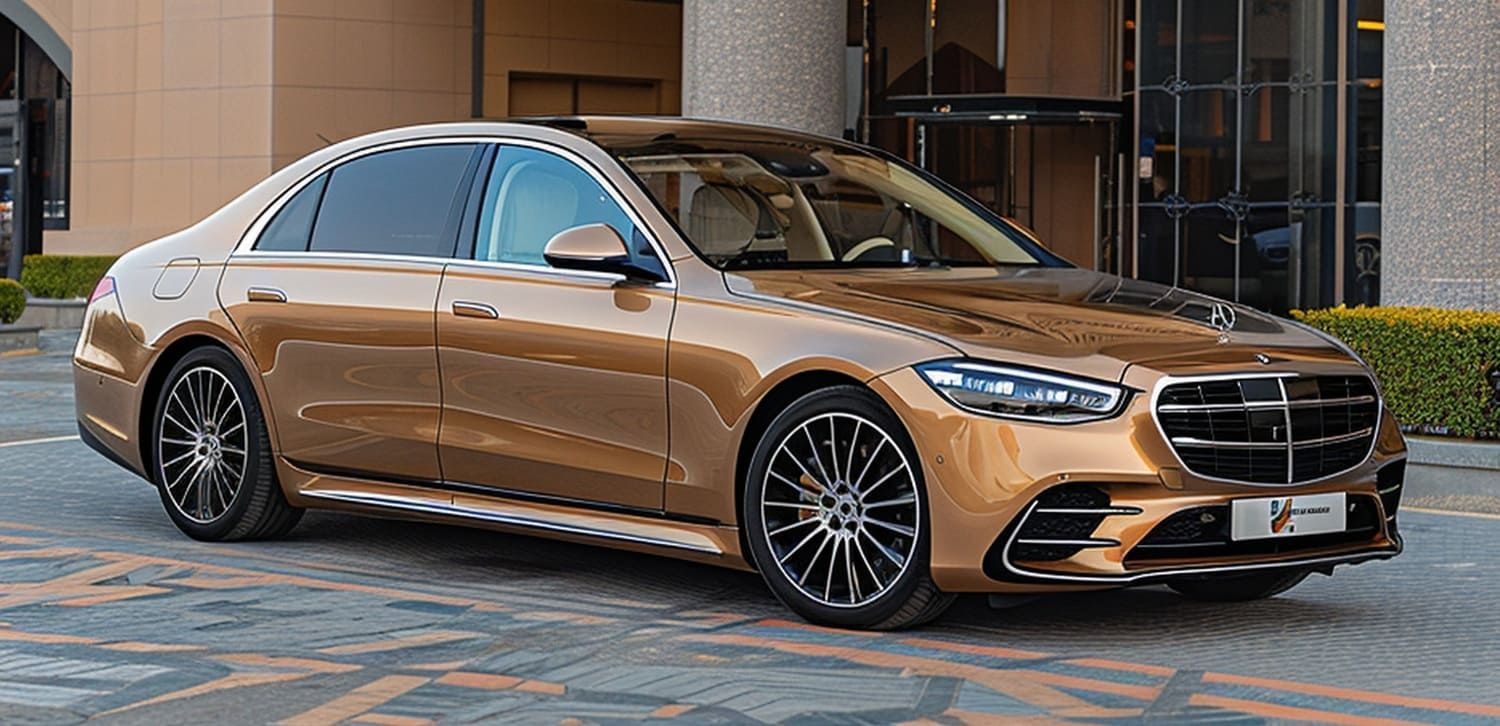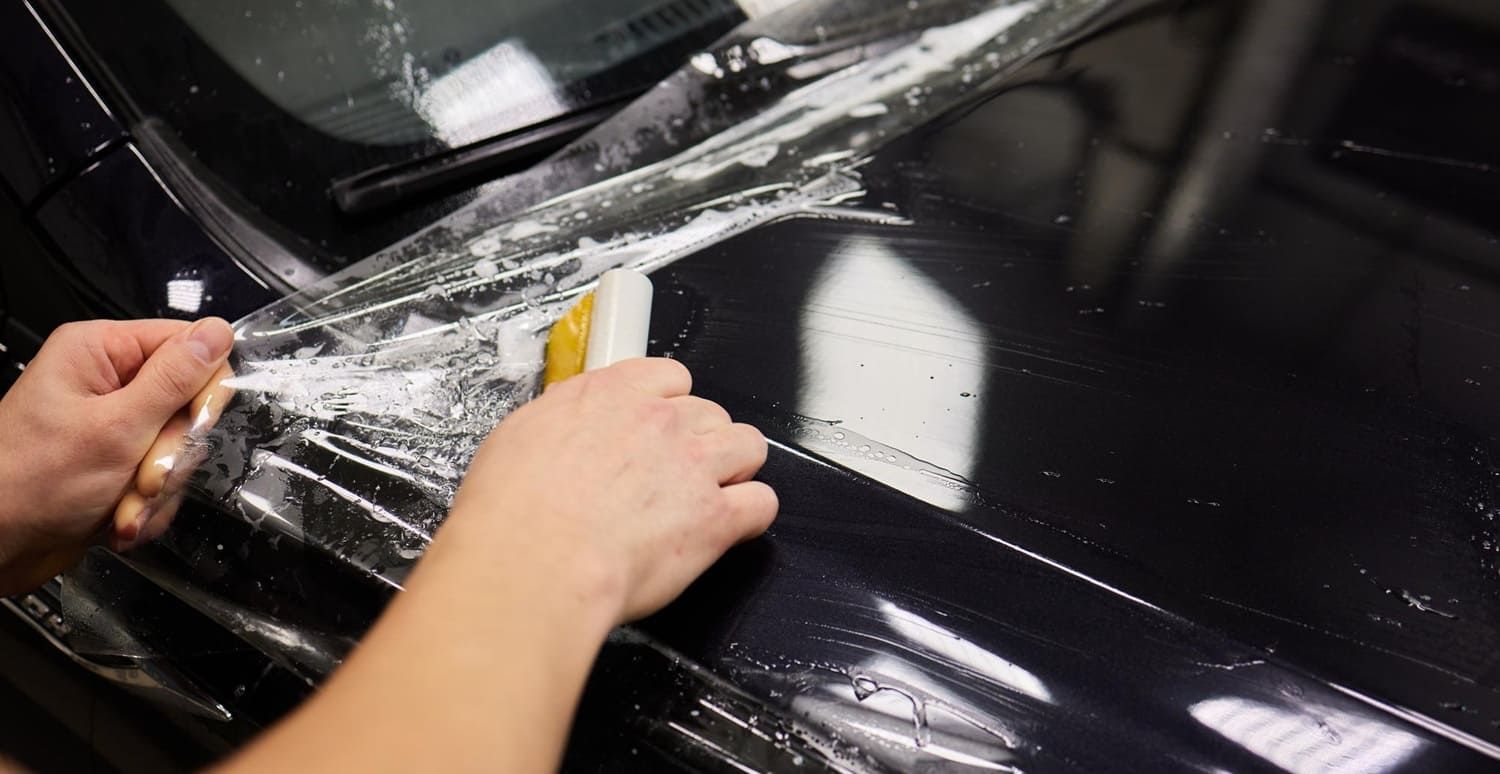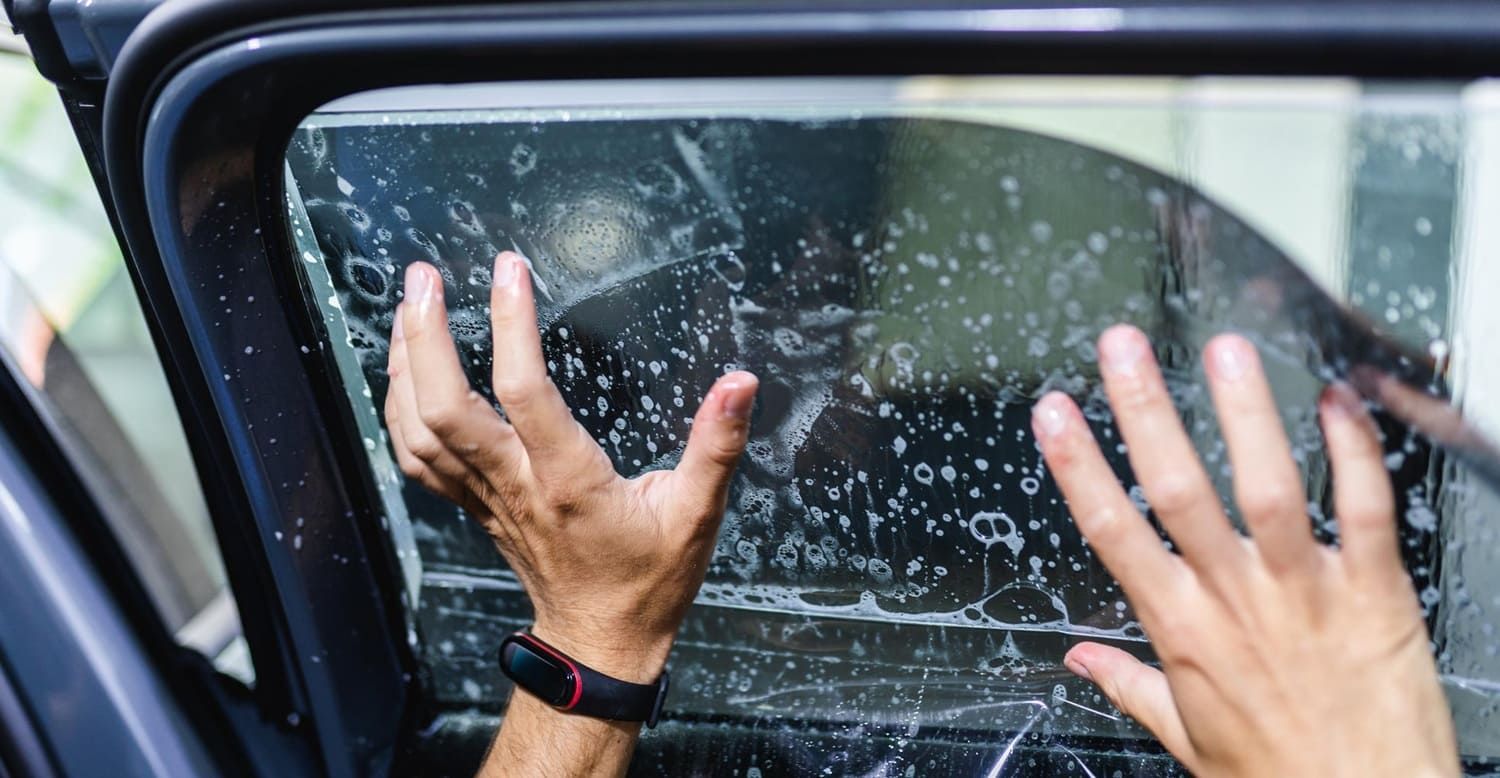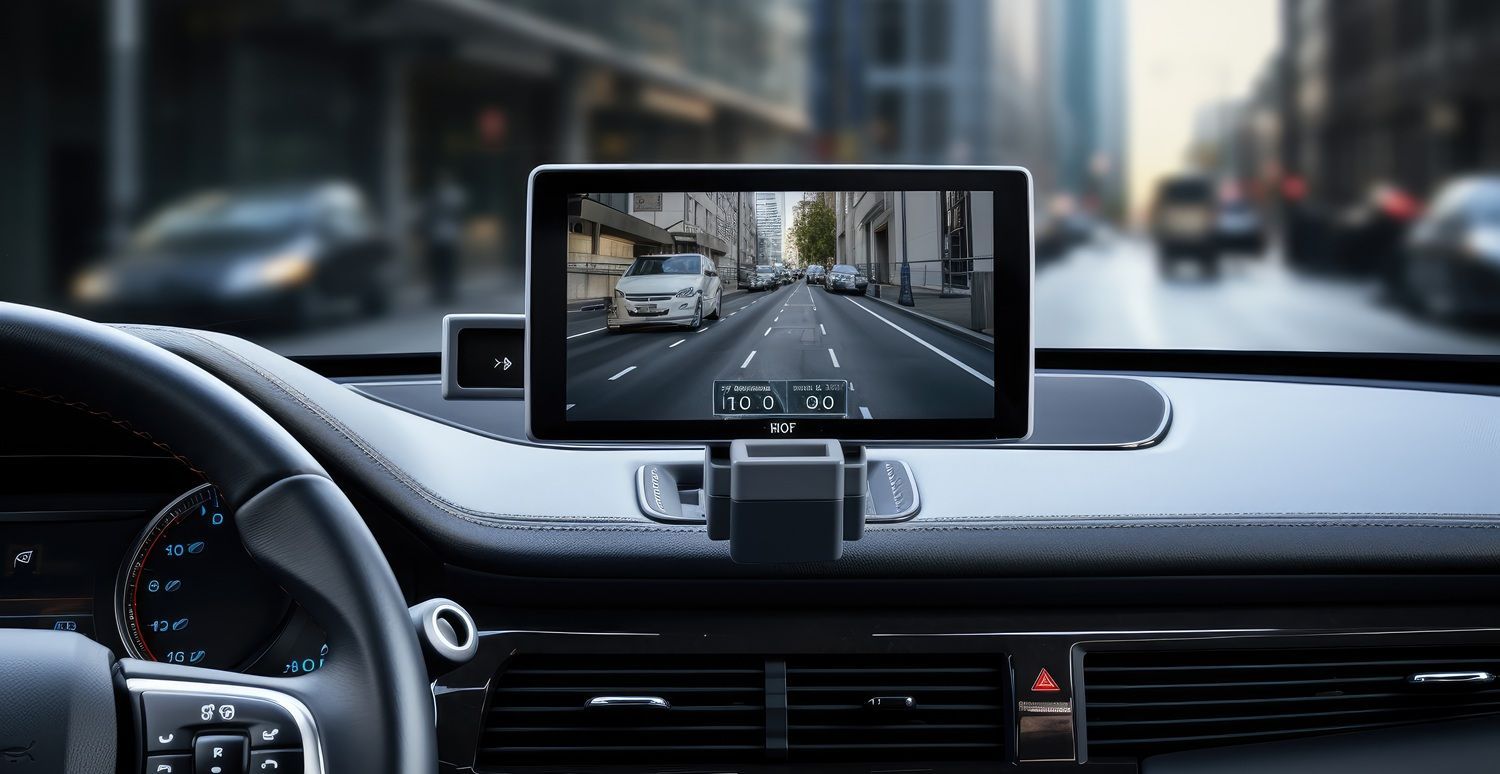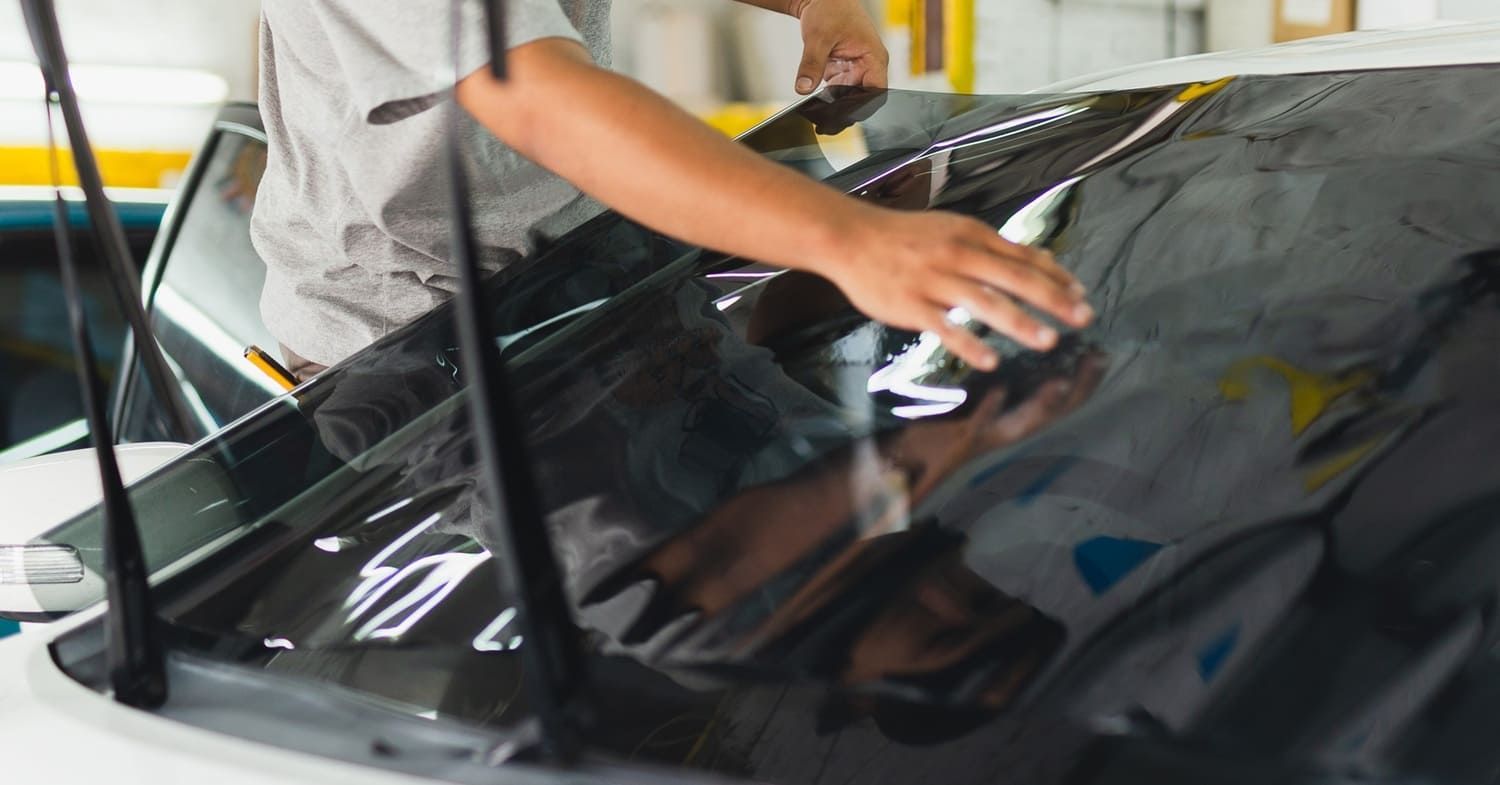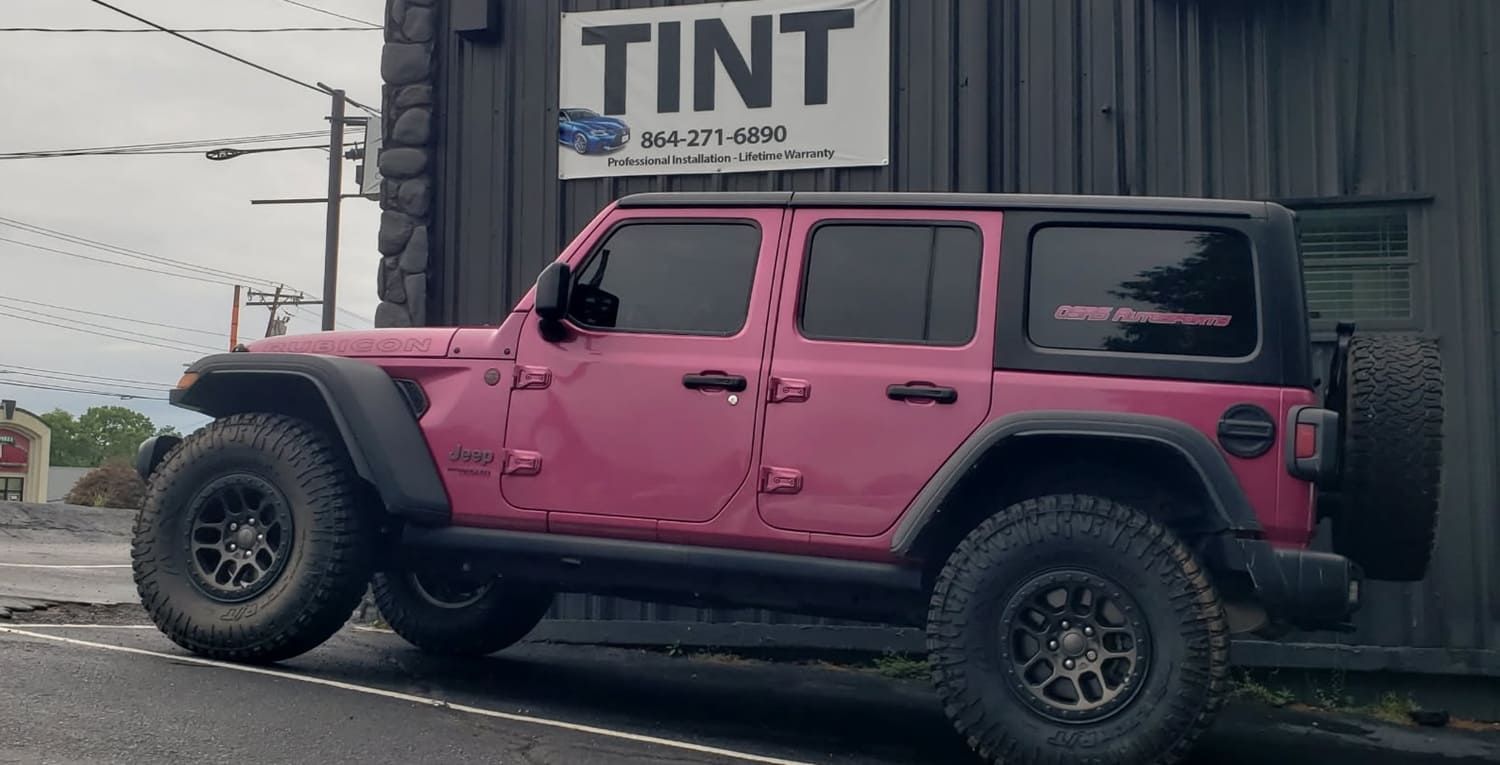Ceramic Window Tinting: Is It Worth the Investment in 2026?
In 2026, ceramic
window tinting stands at the forefront of automotive protection and comfort. As both a practical upgrade and a style statement, ceramic tint has rapidly become the go-to solution for discerning car owners, truck drivers, and automotive enthusiasts nationwide. But is ceramic window tinting worth it for your vehicle this year? Let’s explore the facts, new technologies, and real-world
benefits that set ceramic apart—and whether its higher cost justifies the investment.
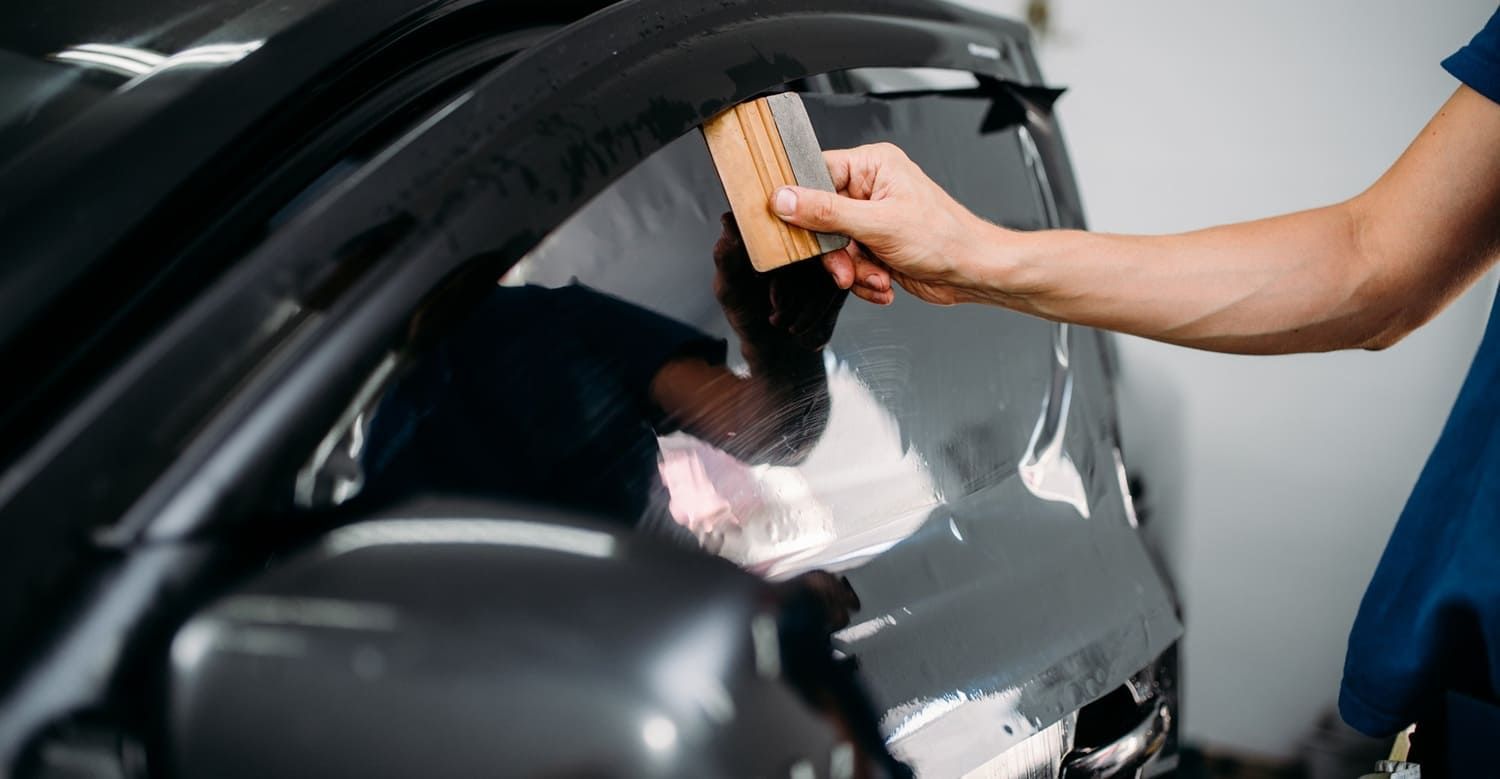
The Rise of Ceramic Window Tinting in 2026
With temperatures soaring and solar intensity increasing due to climate change, automotive window tinting is no longer just about aesthetics or privacy. Today’s drivers demand superior protection from heat, UV rays, and glare—without sacrificing signal connectivity or visibility. Enter nano-ceramic window tint , the latest breakthrough in automotive film technology. Ceramic tint has gained a stellar reputation for advanced heat rejection, comprehensive UV filtering, impressive glare reduction, and long-term durability —qualities that outperform traditional dyed and metallic tints. This surge in popularity is especially evident in hot climates and sunbelt regions, where motorists notice the difference every time they park or drive on a sunny day.
How Does Ceramic Window Tint Work?
Ceramic tint is engineered using microscopic nano-ceramic particles embedded within multiple layers of optical-grade polyester. Unlike basic dyed films that absorb sunlight or metalized films that reflect it (often interfering with devices), ceramic films manage heat and light through high-tech absorption and scattering at the molecular level. Here’s what makes it unique:
- Infrared (IR) Heat Blocking: Ceramic tint blocks up to 98% of infrared heat, keeping interiors dramatically cooler.
- UV Ray Protection: Premium ceramic films block up to 99% of harmful UVA/UVB rays, reducing skin cancer risk and preventing interior fade.
- Signal Clarity: Ceramic technology is non-metallic, meaning it won’t disrupt GPS, cell service, Bluetooth, or satellite radio.
- Crystal Clear Visibility: You get top-tier heat and glare protection without the dark, shiny, or mirrored look of older films.
- Long-Term Durability: Ceramic films resist fading, bubbling, and discoloration, maintaining their appearance for years.
Types of Window Tint: Ceramic vs. Dyed, Carbon, and Metalized Films
Still weighing your options? Here’s how ceramic stacks up against other window tint materials on the market:
| Feature | Dyed | Metalized | Carbon | Ceramic |
|---|---|---|---|---|
| Heat Rejection | Low | Moderate | High | Very High |
| UV Protection | Up to 80% | Up to 90% | 98% | 99%+ |
| Glare Reduction | Moderate | High | High | Very High |
| Signal Interference | None | Possible | None | None |
| Appearance | Flat, may fade | Glossy, reflective | Matte, deep black | Natural, neutral |
| Durability | Low | Moderate | High | Very High |
| Cost Range | $100–$250 | $200–$350 | $250–$400 | $400–$900 |
Ceramic Tint Cost for Cars and Trucks in 2026
How much should you budget for ceramic window tinting in 2026 ? While prices vary by region, installer reputation, vehicle size, number of windows, tint brand, and warranty, here’s a general guide to expect this year:
- Sedans, Coupes, and Small Cars: $400–$600 for full vehicle coverage.
- SUVs, Trucks, and Vans: $600–$900 depending on glass area and complexity.
- Premium Brands & Lifetime Warranties: Top brands like Llumar, 3M, and SunTek may carry higher prices but include transferable warranties and advanced protection against color fade or adhesive failure.
- Single Windows or Windshield Tint Strips: $100–$250 per window depending on location and film tier.
Seeking a budget option? While dyed or basic carbon films cost less upfront, ceramic offers better value in the long run —saving you on interior repairs, improved comfort, and reduced energy (AC) use.
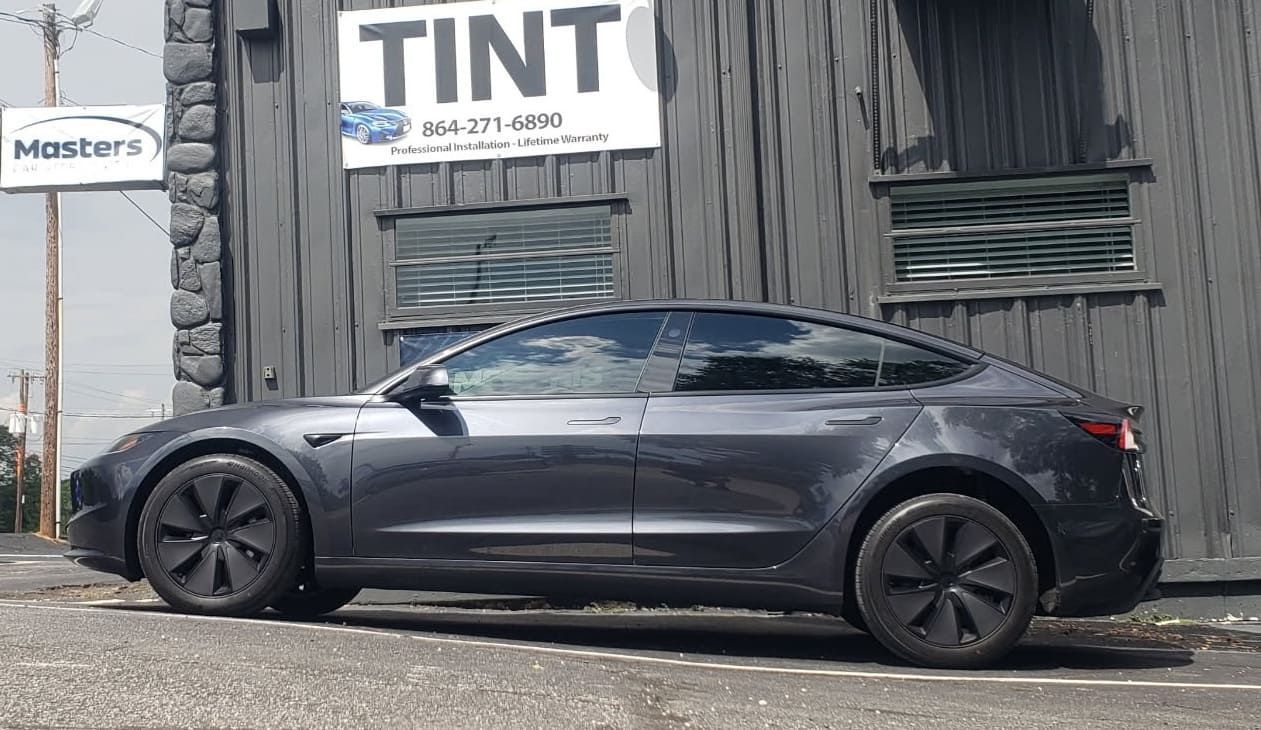
Main Benefits of Ceramic Window Tinting
1. Best Heat Rejection Tint 2026
The primary reason drivers upgrade to ceramic is superior heat rejection . Even in direct sunlight, ceramic films can keep interiors up to 40°F cooler than untinted glass. This means less AC use, lower fuel or battery consumption, and a more enjoyable ride year-round.
2. Protects Your Health and Vehicle Interior
Blocking 99% of UV rays doesn’t just help prevent sunburn and skin aging—it also preserves your car’s upholstery, dashboard, and electronics from cracking, fading, or warping. Investing in ceramic is investing in your car’s long-term value.
3. Safe for Modern Tech and Connectivity
Worried about signal loss? Unlike metallic tints, ceramic films are invisible to radio, Bluetooth, GPS, and wireless frequencies , so your tech and navigation work flawlessly after installation.
4. Legal Compliance and Shade Selection
Most ceramic tints are available in a range of shades and visible light transmission (VLT) percentages so you can comply with window tint laws in your state without sacrificing performance.
FAQs: Ceramic Window Tinting in 2026
How long does ceramic window tint last?
Ceramic tints typically last 10+ years with a quality installation and reputable brand. Many come with a lifetime warranty against bubbling, fading, or peeling.
What kind of warranty should I expect?
Top ceramic tints (e.g., Llumar, 3M, SunTek) usually offer lifetime, transferable warranties covering color stability, adhesion, and clarity.
Does ceramic tint require special cleaning or maintenance?
Just use non-ammonia glass cleaners and a soft cloth. Avoid abrasive pads. Ceramic films are easy to clean and highly scratch resistant.
Will ceramic tint turn purple or bubble with age?
No—unlike cheaper dyed films, ceramic tints are engineered for color stability and long-term adhesion, resisting common tint failures.
How does installation work and how long does it take?
Professional installation typically takes 2–4 hours for a full vehicle. The process includes prep, precise film cutting, application, and curing. Avoid rolling windows down for 2–5 days afterward.
Does ceramic window tint block heat better than other films?
Yes—ceramic is widely considered the best heat rejection tint in 2026 , especially for IR rays, outperforming metalized, carbon, and dyed films.
Is ceramic window tint legal everywhere?
You must choose the correct VLT (shade) to comply with local laws. Most shops offer guidance to ensure your tint meets regulations for your state and vehicle type.
Will ceramic tint affect my car’s electronics or smart glass?
No—ceramic films are non-metallic and safe for all modern electronics, ADAS (Advanced Driver Assistance Systems), and smart glass technology.
Can I install ceramic tint myself?
While DIY kits exist, ceramic film is less forgiving than dyed ones. For optimal results, longevity, and warranty coverage, always hire a certified installer.
Does ceramic tint look dark on the outside?
No—modern ceramic tints deliver a neutral, natural appearance. You can select lighter VLT percentages for minimal darkening but still receive full UV and IR protection.
Conclusion: Is Ceramic Window Tint Worth the Investment in 2026?
The verdict from experts, customers, and industry data is clear: ceramic window tinting is absolutely worth the investment for car and truck owners in 2026. With unrivaled heat rejection, superior UV protection, signal-safe performance, and long-lasting durability, the upfront cost is easily justified by years of improved comfort, safety, and vehicle preservation.
If you're ready to upgrade, Masters Car Stereo & Tint in Greenville, SC, is here to help. Our certified installers provide premium ceramic tint solutions tailored to your vehicle’s needs. Call us at (864) 271-6890, visit our shop, or request a free estimate today to experience the next level of window tint technology. Enjoy a cooler, more stylish, and protected ride—wherever the road (and sun) takes you!


